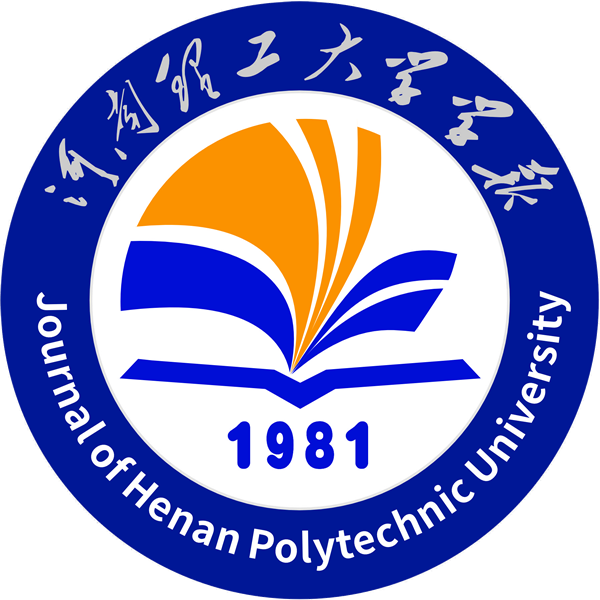| 供稿: 郭艳花;周思华;孙现科;周小东 | 时间: 2020-03-10 | 次数: |
郭艳花, 周思华, 孙现科,等.Co掺杂浓度对SiC薄膜磁性能的影响[J].河南理工大学学报(自然科学版),2020,39(2):152-156.
GUO Y H, ZHOU S H, SUN X K, et al.Effect of Co doping concentration on magnetic properties of SiC films[J].Journal of Henan Polytechnic University(Natural Science) ,2020,39(2):152-156.
Co掺杂浓度对SiC薄膜磁性能的影响
郭艳花1, 周思华2, 孙现科2, 周小东1
1.周口师范学院机械与电气工程学院,河南 周口 466001;2.周口师范学院物理与电信工程学院,河南 周口 466001
摘要:为了研究掺杂元素Co对SiC薄膜磁性影响,采用磁控溅射技术制备了不同Co含量的 SiC薄膜。采用XRD、X光电子能谱和理性质测试系统对薄膜结构、成分和磁性进行表征。分析表明,薄膜具有3C-S1C晶体结构,随着掺杂元素Co增加,3C-SiC晶体特征峰向小角度移动。 掺杂元素以Co2+形式存在,形成CoSi第二相化合物,随着Co掺杂浓度增加,CoSi第二相化合物含量增多。磁性测试显示,掺有Co元素的SiC薄膜在室温下具有铁磁性,随着Co含量增力口,薄膜的饱和磁化强度先增大后减小。掺杂Co原子进入SiC晶格后形成的缺陷是产生薄膜磁性的原因,属于掺杂缺陷诱导产生的铁磁性,而第二相化合物CoSi抑制了薄膜的铁磁性。
关键词:SiC薄膜;Co掺杂;铁磁性;掺杂缺陷
doi:10.16186/j.cnki.1673-9787.2020.2.22
基金项目:国家自然科学基金资助项目(11405280 );河南省自然科学基金资助项目(182300410271 );周口师范学院青年基金资助项 目(ZKNUB2201704 ,ZKNUB2201807)
收稿日期:2019/05/20
修回日期:2019/06/28
出版日期:2020/03/15
Effect of Co doping concentration on magnetic properties of SiC films
GUO Yanhua1, ZHOU Sihua2, SUN Xianke2, ZHOU Xiaodong1
1.School of Mechanical and Electrical Engineering, Zhoukou Normal University, Zhoukou 466001 , Henan, China;2.School of Physics and Telecommunication Engineering, Zhoukou Normal University ,Zhoukou 466001 , Henan, China
Abstract:To study the effect of the Co doping concentration on the magnetic properties of SiC film, SiC thin films with different Co contents were made by magnetron sputtering technology. The structure, composition and magnetic properties of the films were characterized by XRD, X-ray photoelectron spectroscopy and physical properties testing system. Analysis showed that the film had a crystal structure of 3C-SiC. with the doping element content increased, 3C-SiC crystal peaks moved to a small angle. The doped elements existed in the form of Co2+ ions, forming the second phase compound of CoSi. With the increase of Co doping concentration, the content of the second phase compound of CoSi increased. Magnetic tests showed that the SiC doped with Co element had a ferromagnetic feature at room temperature, as the Co content increased, the saturation magnetization of the film first increased, then decreased. The defects formed by doping Co atoms entering SiC lattice were the reasons for the magnetism of thin films, which belonged to the ferromagnetism induced by doping defects. The second phase compound CoSi inhibited the ferromagnetism of the film.
Key words:SiC film;Co-doped;ferromagnetism;doping defect
- 附件【Co掺杂浓度对SiC薄膜磁性能的影响_郭艳花.pdf】已下载次

